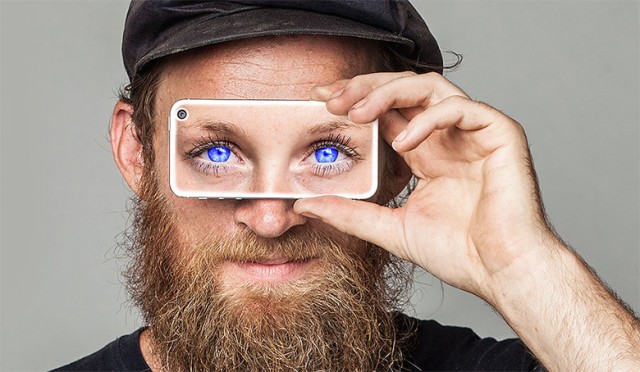

Masks and Language Development in Children: What Can You Do To Boost Communication Skills? However, multiple studies conducted on the language acquisition of visually impaired children prove that speech and language can develop normally even when the child is unable to see facial expressions and lip movements.Ĭurrently, there is a dearth of peer-reviewed material to support the claim that using masks around children may cause speech and language delay. One of these factors is visual cues or lip-reading. Speech and language development in children depends on multiple factors. While they begin by using a significantly large number of frozen phrases, they slowly learn to use them in the correct context during two-way communication. How Does the Absence of Visual Cues Affect Language Development?Īccording to recent research, visually impaired children develop speech and language at the same rate as sighted children. It aids and assists communication in adults. Lip-reading is a necessary skill that all individuals acquire in their early childhood.

Adults often resort to lip-reading when they face speech-in-noise, foreign language speech, or accented speech. In another study, researchers found that adults who speak multiple languages lip-read more often while conversing in their second language. For example, in a loud and noisy environment, to understand the speaker, we often resort to reading their lips to understand what they are saying. Interestingly, once a child masters lip-reading during infancy, it becomes the default mechanism of processing spoken language when comprehension is difficult. Babies who lip-read more frequently reach the speech-language development landmarks at a young age!

Why Is Lip-Reading Necessary For Children?Ĭurrent research shows that visible articulations support the development of communication skills in children.

So, could absence of opportunities for lip-reading affect speech & language development in children? Read on to find out. Babies born in a bilingual or multilingual household lip-read more frequently than babies in monolingual families. Around this time, babies also begin to realize which faces go with which voices. Lip-reading gives the babies access to visual cues of speech. They watch individuals talk and begin to babble to mimic speech. Research suggests that babies as young as 8-months begin lip-reading. Can masks delay speech and language development in children? Well, before we dive deep into this topic, let us first understand the basics.


 0 kommentar(er)
0 kommentar(er)
